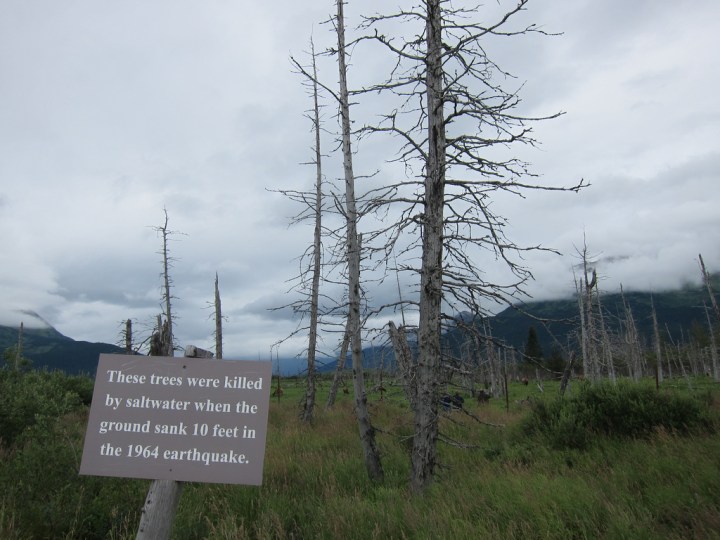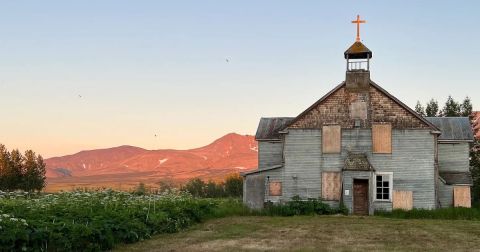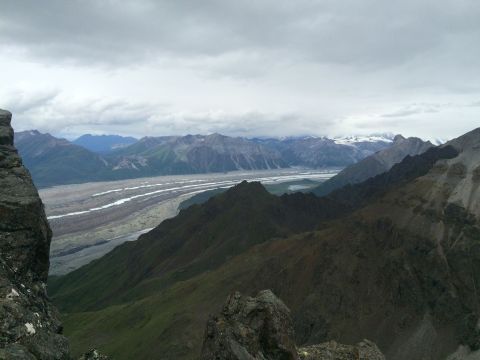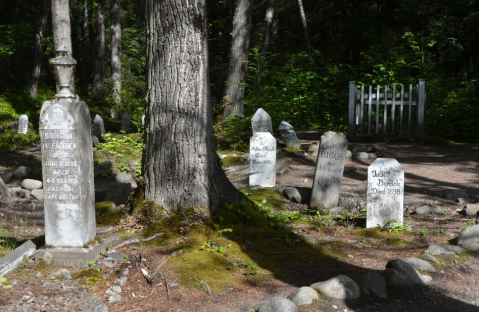This Ghost Forest Hiding In Alaska Is Hauntingly Beautiful
The Earthquake of 1964 was very destructive to Southcentral Alaska. The epicenter of the quake was at the bottom of the ocean in Prince William Sound, and all of Southcentral Alaska was affected to varying degrees of severity. The earthquake dealt a serious blow to the shoreline of the Turnagain Arm. The whole area dropped several feet and flooded this coastal forest with seawater, killing the trees. This haunting ghost forest Alaska lies along the Seward Highway, a reminder of the catastrophe.












Have you seen this ghost forest Alaska? Tell us about it in the comments below. And if you want to see more along the Seward Highway, check out these gorgeous scenic byways. And don’t forget your road trip snacks!
OnlyInYourState may earn compensation through affiliate links in this article. As an Amazon Associate, we earn from qualifying purchases.
More to Explore
Ghost Forest Alaska
What is the story behind ghost forests?
Ghost forests are the striking remnants of once vibrant coastal or wetland forests, transformed into eerie landscapes of dead, skeletal trees due to environmental changes like climate change, sea-level rise, and saltwater intrusion. These haunting formations arise when trees that cannot tolerate high levels of saltwater die off, leaving behind ghostly gray trunks and branches.
The creation of ghost forests is driven by factors such as sea-level rise due to polar ice melt, increased storm intensity leading to more severe storm surges, land subsidence from natural processes or human activities like groundwater extraction, and saltwater intrusion exacerbated by changes in precipitation and human alterations to the landscape. Ghost forests provide crucial data on the pace of climate change and sea-level rise, informing strategies for habitat conservation and sustainable coastal management.
Which states in the US have ghost forests?
Ghost forests are found in several states across the United States, particularly in coastal areas where the conditions for their formation—such as sea-level rise and saltwater intrusion—are present. Some of the states with ghost forests include:
- Maryland: Especially within the Chesapeake Bay area.
- Virginia: The coast of Virginia has seen significant ghost forest formation.
- Oregon: Located on Tillamook Coast.
- South Carolina: Lowcountry and coastal regions are experiencing the emergence of ghost forests.
- Georgia: Coastal areas, particularly near salt marshes, have ghost forests.
- Florida: Parts of the Florida coast and the Everglades are affected.
- New Jersey: The state has ghost forests along its coastal areas.
- Washington: Coastal regions and areas near the Salish Sea have ghost forests.
- Louisiana: Coastal wetlands, heavily affected by land loss, feature ghost forests.
- Alaska: Most of these ghost forests are created during earthquakes when land sinks into salty ocean waters.
These states are witnessing the transformation of their coastal and wetland forests into ghost forests due to various factors linked to climate change and environmental degradation.




